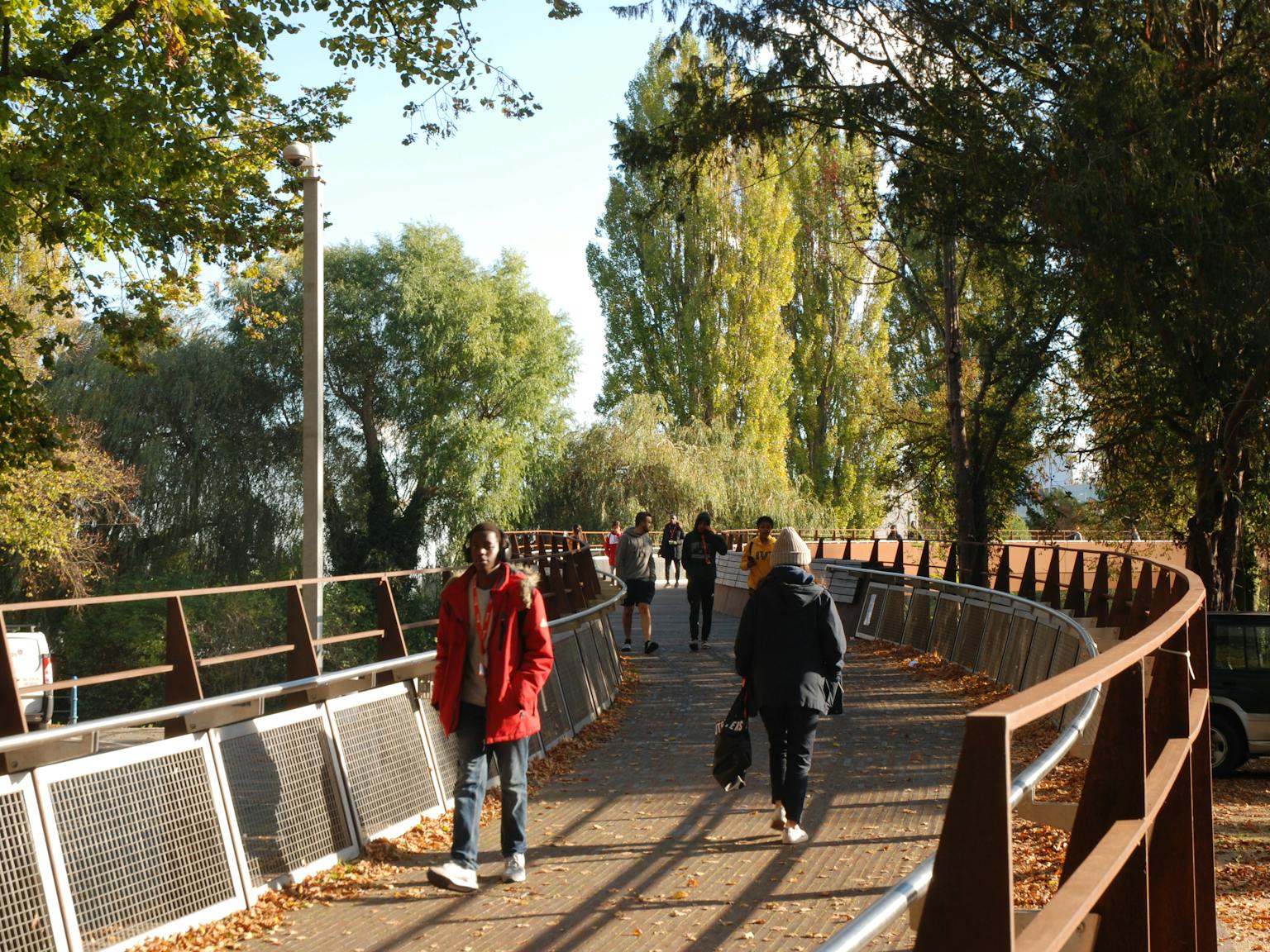
Navigating Biodiversity Net Gain Updates: A Guide
Mandatory Biodiversity Net Gain (BNG) will come into effect from January 2024. This suite of legislation aims to ensure that development projects enhance rather than diminish biodiversity. LUC welcomes BNG and its commitment to preventing biodiversity loss and tackling the climate crisis. Our ecologists are excited to get to grips with the latest guidance as it helps to streamline and formalise the monitoring and management process. However, we understand that the ever-changing landscape of BNG guidance can be daunting and complex. Ella Moseley, our Associate Director of Ecology, unpicks the latest publications.

Habitat Management and Monitoring Plan
The much-anticipated Habitat Management and Monitoring Plan (HMMP) template is now available. Its purpose is to demonstrate how habitat creation, enhancement, and management will be undertaken for on or offsite Biodiversity Net Gain (BNG) projects. The template is supported by a Companion Document containing templates for each broad habitat type used in the statutory metric.
Previously, habitat management and monitoring were captured in Landscape and Ecological Management Plans or Biodiversity Plans. Having a dedicated template capturing key roles and responsibilities to ensure long-term BNG is welcomed.
The roles and responsibilities section ensures long-term accountability, requiring a summary of agreed responsibilities, start and end dates, a competency statement, and details of long-term involvement in HMMP implementation.
A monitoring report accompanies the plan, covering each habitat type. This allows the reviewing authority to assess habitat progress over time against HMMP and BNG assessment prescriptions.
The Biodiversity Gain Regulations 2024
The Biodiversity Gain Regulations 2024 make it a planning condition that developments, including phased ones, cannot commence until a biodiversity gain plan is submitted to and approved by the planning authority.
The Biodiversity Gain Requirements (Exemptions) Regulations 2024
Certain developments receive exemptions from mandatory BNG. Exemptions apply to small developments seeking planning permission before 1 April 2024 or obtaining planning permission effective before that date. Clear exemptions exist for householder applications, high-speed railway networks, self-build and custom-builds, and developments with no impact on priority habitat.
The Biodiversity Gain Requirements (Irreplaceable Habitat) Regulations 2024
This document defines ‘irreplaceable habitat’ in a BNG context, associated descriptions, and clarifies any exemptions.
The Biodiversity Gain Site Register Regulations 2024
These regulations require Natural England to establish a publicly accessible register of biodiversity gain sites. They explain how the allocation of habitat enhancements will be recorded.

The Statutory Biodiversity Metric
The guide introduces the Statutory Biodiversity Metric as a tool designed to assess and quantify biodiversity impacts and gains associated with development projects. It applies to a range of development types and serves as a standardised approach to evaluate biodiversity performance, ensuring consistency across diverse projects.
The final statutory metric and supporting guidance must be completed by a competent person who has the knowledge and skills to complete and review biodiversity metric calculations. Competency is aligned with the British Standard ‘Process for designing and implementing biodiversity net gain (BS 8683:2021)’. Evidence for decision-making rationale must be provided in the user comments section columns of the metric as well as the supporting reporting.
The biodiversity metric is a powerful tool to assist ecological professionals and developers in increasing biodiversity through habitat creation, restoration, and enhancement. It is one element of a larger qualitative, landscape-scale approach essential for addressing the biodiversity emergency.
Ecological professionals understand ecotones, species ecology, and habitat connectivity in a unique way. We work together with landscape specialists to use the inputs and outputs of the metric to design biodiversity-focused schemes for protected species and climate resilience.
However, one concern we have is that some naturalised or non-native species are treated negatively by the metric. Some are useful in scheme designs and beneficial to our native pollinators, therefore our supporting qualitative assessments will be essential in tackling biodiversity decline.
The Small Sites Metric
If a development is classed as a ‘small site’, a different metric should be applied. The final Small Sites Metric (SSM) is expected in April 2024. Current guidance defines small sites as fewer than 10 residential units or a site area of less than 0.5 hectares, or a non-residential development with floor space less than 1,000 square meters or a site area less than 1 hectare.
At LUC, our experienced strategic and applied ecologists understand the vital role of long-term BNG delivery in addressing the climate crisis. However, we recognise that the competency requirement inherent in the new metric will pose problems for planning authorities and companies lacking habitat creation and management expertise. By understanding the metric components, applying the mitigation hierarchy, and embracing adaptive management, we can help you fulfil the BNG requirements on your project and keep up with the statutory requirements.









